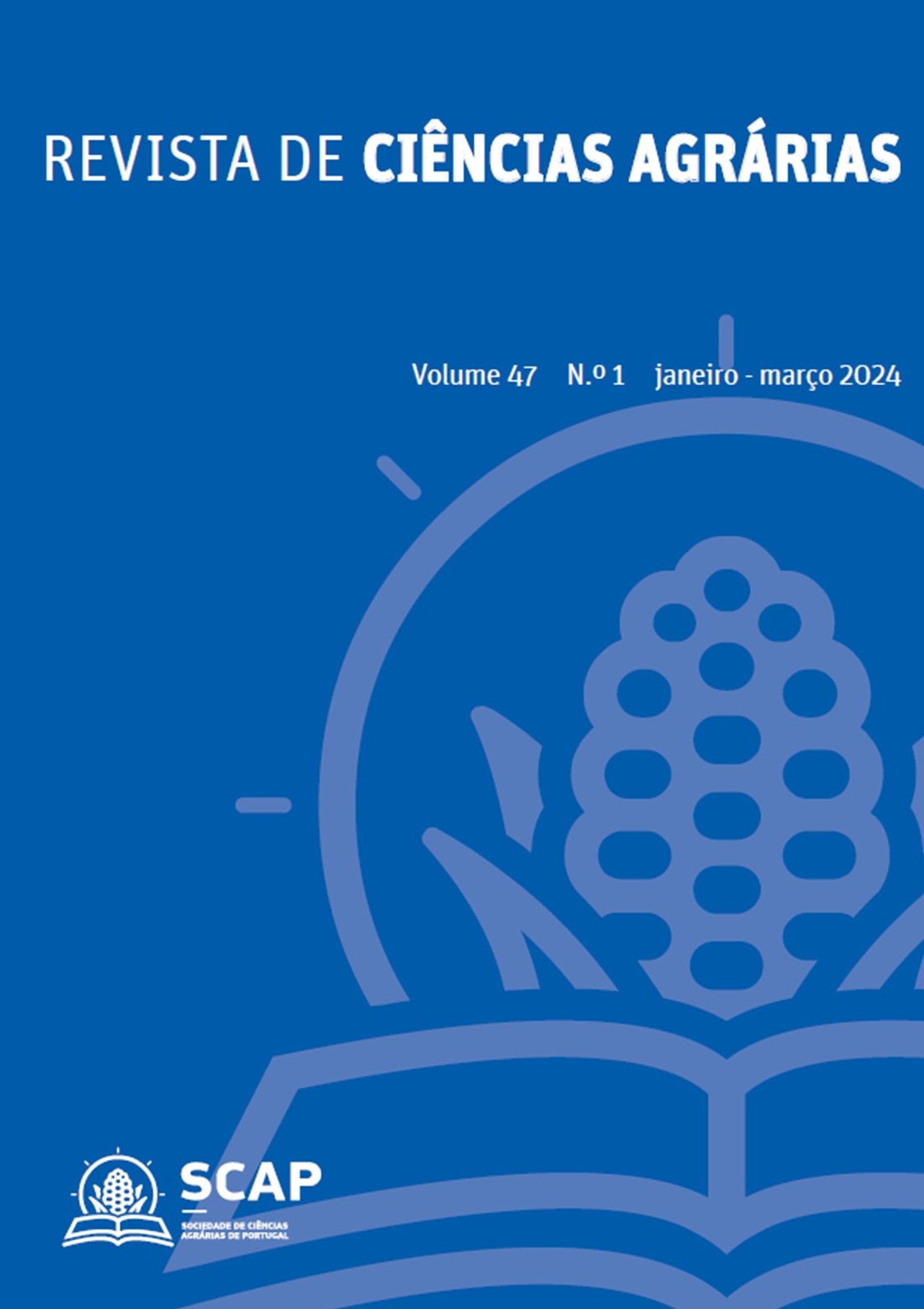Glutathione metabolism in a population of Amaranthus palmeri with NTS resistance to nicosulfuron
DOI:
https://doi.org/10.19084/rca.34986Abstract
The tripeptide glutathione has been related to the oxidative stress elicited in the mode of action of several types of herbicides. Beside this, glutathione-S-transferases (GSTs) enzymes can detoxify xenobiotics through their conjugation with glutathione. Such enzymatic conjugation and herbicide metabolization has been described as a type of non-target-site (NTS) resistance mechanism for some herbicides, including acetolactate synthase (ALS) inhibitors. The objective of this work is to compare glutathione metabolism after ALS inhibition and determine the role of GSTs enzymes in the NTS resistance in one Amaranthus palmeri population to ALS inhibitors. The content of metabolites related to glutathione, the enzymatic activity and the gene expression of GSTs have been determined after the individual and joint application of nicosulfuron and a GST inhibitor (NBD-Cl) in two populations (resistant to the sulfonylurea nicosulfuron and sensitive). The results showed an increase in the synthesis of glutathione and its related components in the sensitive population after herbicide treatment, as well as an increase in GST activity. The resistant population presented a higher basal GST activity than, the sensitive population but the herbicide did not induce glutathione synthesis, activity, or GST expression in the resistant population. Thus, the involvement of GSTs as a physiological NTS mechanism for nicosulfuron could not be confirmed in the studied population.


